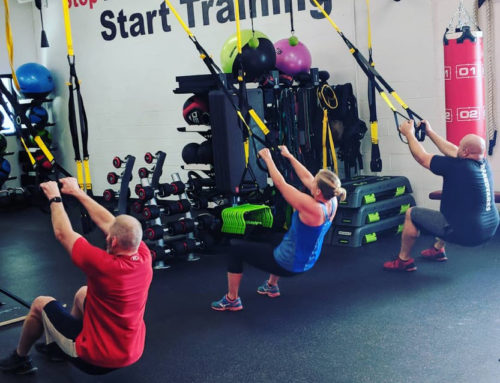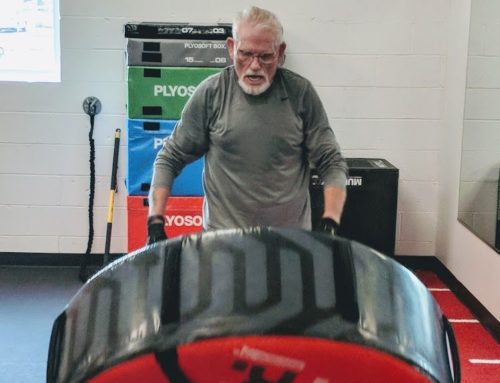HIIT (High Intensity Interval Training) is a training methodology involving intense periods of exercise followed by durations of rest. It typically involves a combination of exercises where you push your heart rate to greater than 85 percent of your maximum capacity followed by a recovery period. Multiple studies have found that HIIT is superior to steady-state cardio for fat loss, athletic performance, and cardiovascular health. The key lies in the nature of HIIT itself. By pushing the body into its maximum training zone for short periods, a positive stress response is triggered that creates bio-chemical changes in the body that help build new muscle and improve fitness. Many people mistakenly believe that this style of training is reserved for those already at a high level of fitness. The truth is that HIIT programs can be adjusted to any fitness level, and may be the best option for those beginners struggling with weight-management problems, and even those at risk of developing adult-onset diabetes.
This high intensity approach is increasingly popular because it provides an effective and integrated workout in a shorter time, and the exercise movements, patterns, and equipment used are closely related to mimicking our everyday lives. A well designed HIIT program incorporates movement speed and sequences, plane of motion, strength, power and endurance. These components of fitness are necessary for us to enjoy our everyday lives, and allow us to be functionally active, in other words, functional fitness. We all have different fitness goals, but more importantly we all need to be able to climb stairs, lift boxes or breathe easier after chasing our kids. HIIT training will help make these daily routines easier and manageable.
HIIT is more than just a fitness trend. HIIT is here to stay. There’s a big difference between a stylized rebranding of a familiar training program and a training program that’s backed by scientific research. Studies have shown that after a HIIT training session, your body is still exerting so much energy and you’re taking in so much oxygen to repair your body and repair your muscles that you continue to burn calories for about 12 to 24 hours post-workout, also known as the, excess post exercise oxygen consumption or afterburn. Other studies have backed up the ability of HIIT training to enhance insulin sensitivity. And that’s just one potential benefit. According to the American College of Sports Medicine, HIIT improves:
- aerobic and anaerobic fitness
- blood pressure
- cardiovascular health
- cholesterol profiles
- abdominal fat and body weight while maintaining muscle mass.
And while HIIT programs can be more strenuous than steady-state cardio workouts, they’re generally shorter and can be modified for any fitness level. A good trainer or coach should be able to give safe modifications to any HIIT program. We as trainers and coaches can make a big difference if we’re able to introduce members to training programs that will deliver exactly the results they’re seeking, and a HIIT workout is an option that may be what’s called for. And if you can combine that with a personalized strength training and an endurance program such as cycling classes, then you will have a plan that takes training to the next level.
Give Your Members the Tools to Succeed. “Rethink Your Workout”






